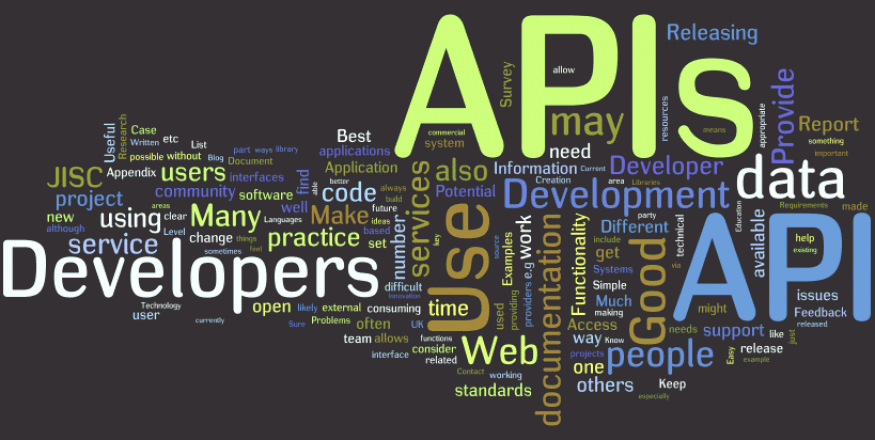-
info_outline 資料
-
toc 目錄
-
share 分享
-
format_color_text 介面設置
-
exposure_plus_1 推薦
-
 打賞
打賞
-
report_problem 檢舉
-
account_circle 登入

Readers like you may be interested in the new economic era as digital economy. It is said that Big Data is the fuel/new oil of generating profitable business while Artificial Intelligence is the new engine of doing profitable business.
In the society, most of us normally won't and unable to get into highly technical depth in having the power of Big Data and Artificial Intelligence. In such setting, APIs are developed to provide affordable tools to empower every human being to make use of the power of Big Data and Artificial Intelligence to improve life standard.
API stands for Applications Programming Interface. It provides a mean for developers to collect and publish data in a programmatic way. In addition, API also allow users to extend additional functionalities (especially Artificial Intelligence) to their application with other API service providers such as Microsoft and IBM.
API has a strong linkage to Open Data. In the era of digital economy, Open Data often in support from governments in response to promotion of business and technical innovation with data. Once you go to the open data portal in the different cities such as Hong Kong and Beijing, you will notice that the data can be collected using API.
It is noticed that open data is a growing source of data for analysis and information retrieval. Often, open data can be contributed by government(HKSAR), corporation(World Bank) or even individuals.
In order to organize open data in a way benefit the publishers and data users, APIs emerge to be the first choice, regarding other formats like csv or XML .
API in short is an effective way to collect, contribute and analysis open data.
In addition, APIs is also a mean to deliver data in real time and provide artificial intelligence results. We see that there is facial recognition technologies working in many business scenarios such as new AI stores from Amazon and Alibaba. In addition, translation robots are embedded in every smartphone that is generated by sound recognition technology. In case you find such technologies can be used in an innovative way to generate new business, then APIs are your first choice to go for.
In this series of articles, we are going to understand how APIs works in real life in a structural manner in order to get beginners empowered with new technologies in digital economy.
 0 個打賞留言
0 個打賞留言每次催更後,作者都會收到通知!
smartphone100 → 催更
→ 催更




